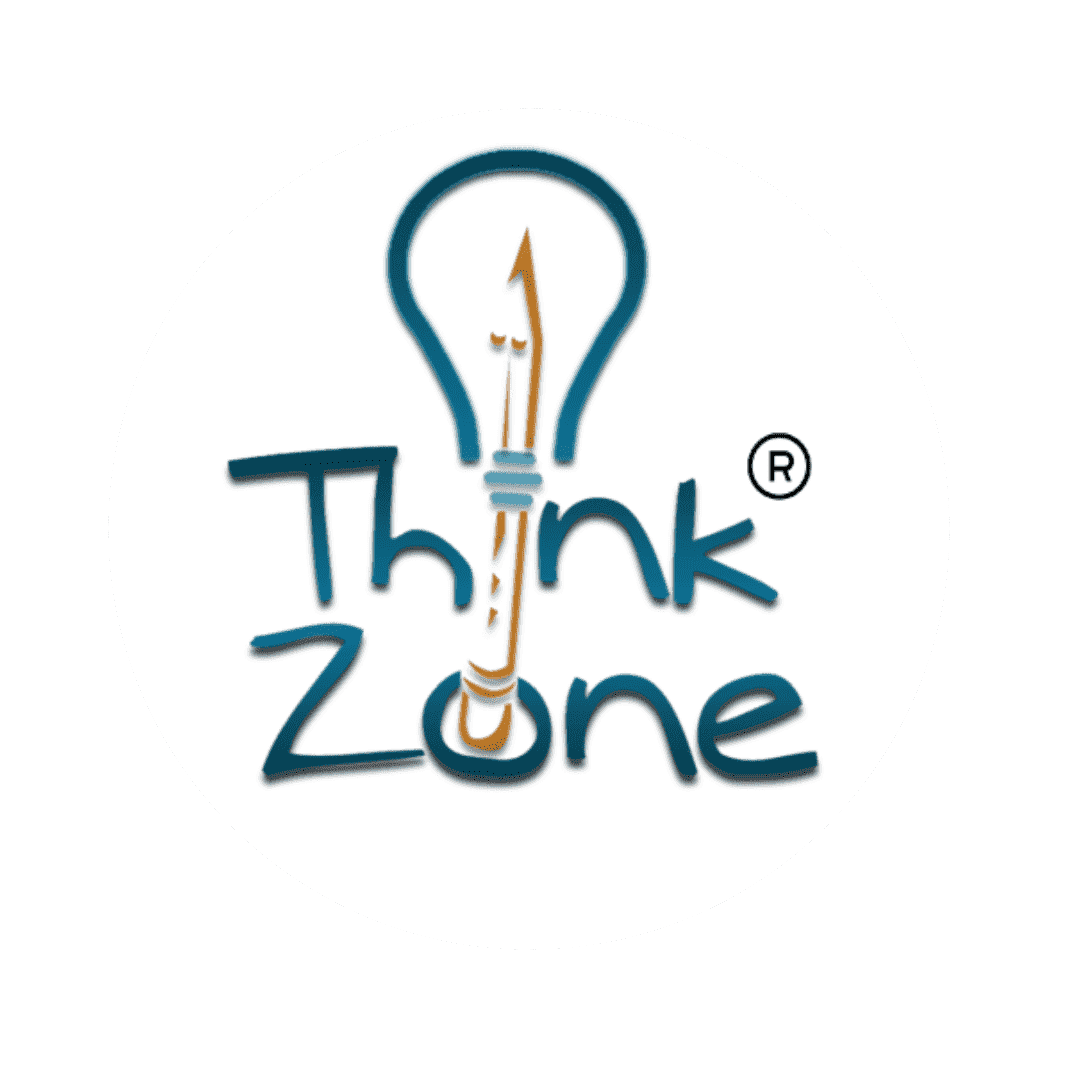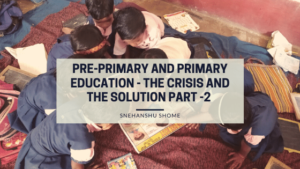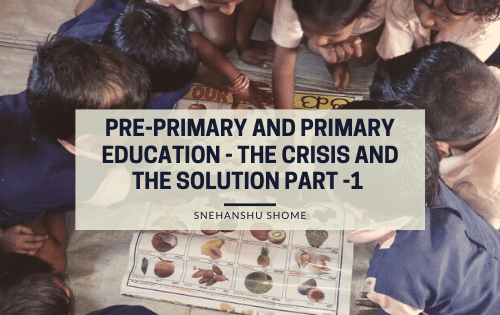One decade before, by education, we meant its students, school, classroom, books, or teachers. But as time changes, the very element of education has changed. In recent years the rise of the edtech industry has changed the idea of education. Education is not limited to the classroom, textbooks, or school. With the introduction of virtual classes and online learning, the education of children has taken another step.
These instantaneous changes gave rise to the edtech industry. The edtech industry has become a lucrative business. And in this crowd, the very purpose of edtech, which is to enhance students’ performances by strengthening the education system and improving pedagogy, is lost. The edtech startups give little attention to the educators, student responses, feedback systems, and school performance differences. By ignoring all these facts, the priority has changed towards enrolling more students rather than the product itself. When designing our application, we set to develop a valuable product for our users.
Profile of our users: The penetration of smartphones is low in the areas where we operate. Only a handful of children had access to smartphones. This implies that the children can not use the application we would be developing. Then who would be using our application?
The only answer we had was community educators. Community educators would be utilizing our application to teach children. The community educators are the youth from the same community. They are also not tech-savvy to operate a highly advanced application. So, keeping all the possibilities in mind, we developed a tech platform keeping community educators in mind.
Applying design thinking in our application development process enabled us to understand our end-users. To understand the needs of our end-users, we talked with actual users who would be using our application. By combining all our observations, the team sat down, brainstormed and came up with all the possible solutions. In the end, the team prepared a prototype of the application and gave the application to actual users to assess whether the application met the users’ needs.
Developing the application: Developing the application was the most critical part because we had to consider many factors impacting its usefulness. Some of the factors that we considered while developing the application:
- The expertise of the community educators in technology usage
- Internet connectivity in those areas
- Developing an app in vernacular language
- A constant feedback mechanism to improve the App.
Features of our application: We developed an application that can be used by anyone with basic knowledge about operating a smartphone. Thinkzone application has learning content and all the facilities that a teacher needs in the classroom, starting from attendance tracking to assessment. The modules our application has:
- Student attendance tracking
- Student assessment
- Learning content
- E-modules for teachers
- Teacher assessment
- Making calls to parents
- Tracking learning goals
- Individual student performance
Above all, our application has an offline feature that community educators can use while not connecting to the internet.
“Through the ThinkZone App,I can easily track my students’ data and help them accordingly. I also receive regular updates on training modules. One of my favorite aspects of it is the fact that I can use it offline since I don’t have good internet access in my village.” says Jayshree, a fellow from Somipatia, Odisha.

We also have a feedback system in the application where fellows provide feedback. We use this feedback as input to improve our application.
Apart from the Thinkzone application, we have also developed a support application to help field officers manage and support the community educators. The support application collects real-time data from the ground.
Except for community educators, children, and field officers, we also had a significant stakeholder in education: parents. As previously mentioned, very few parents have smartphones and very little knowledge about technology usage. To involve parents in children’s education, we introduced low-tech solutions for parents. Low-tech solutions have three components: text messages, IVRS, and automated calls. Parents with a basic feature phone can avail themselves of these services to help their children learn. We also have a WhatsApp chatbot service for parents having smartphones.
“The text-messages and the audio calls helped me understand about foundational literacy and numeracy skills of children and why they are important, ” says Priyardarshini, a parent from Bhadrak
The technology solutions of ThinkZone are not merely a platform to deliver learning content but an impact-creating platform to reach the unreached. We do not count our impact by the number of children we reach, but by the value, we add to their lives. The feeling of a community educator teaching sixteen students in her community using our application, a happy mother teaching the kids using her feature phone, and the happiness of a five-year kid by watching the videos about numbers are the non-measurable parameters that make our application special. And the non-measurable parameters enable us to create products like the ThinkZone App!


